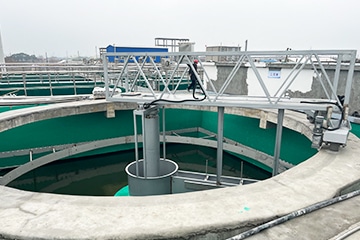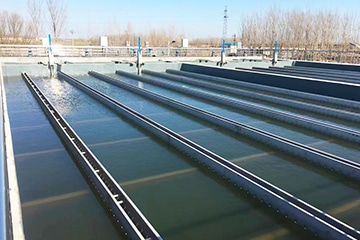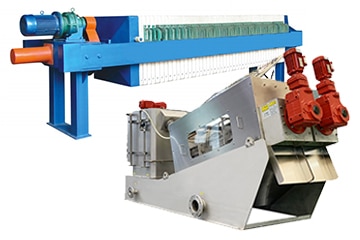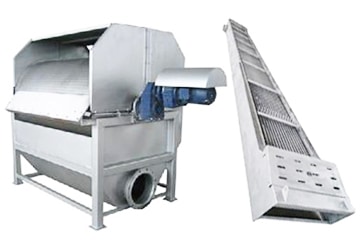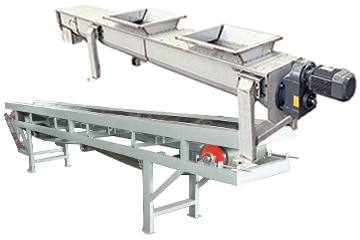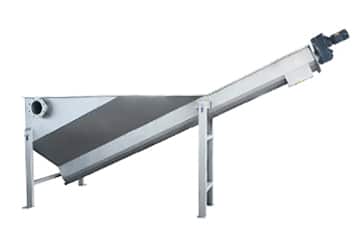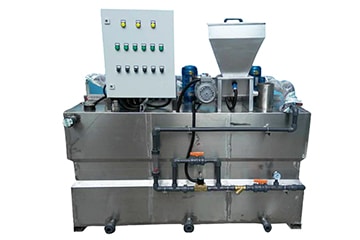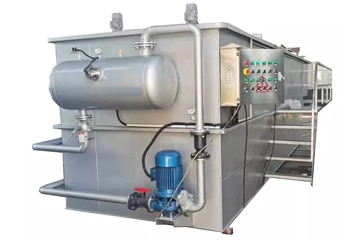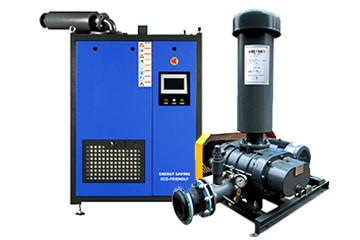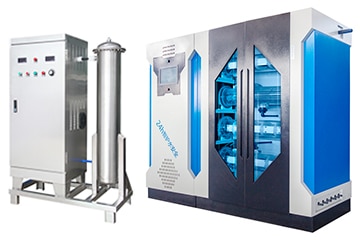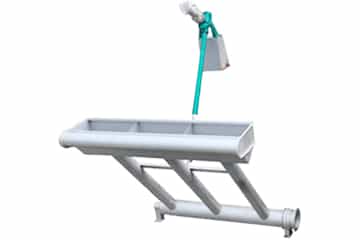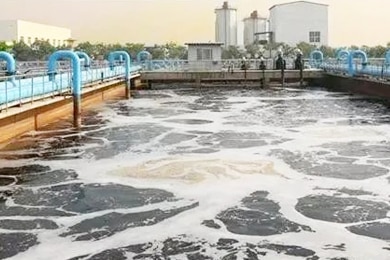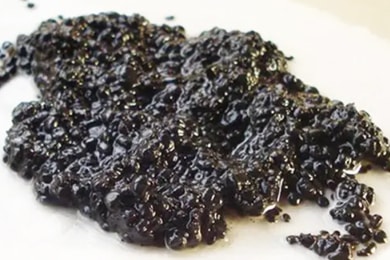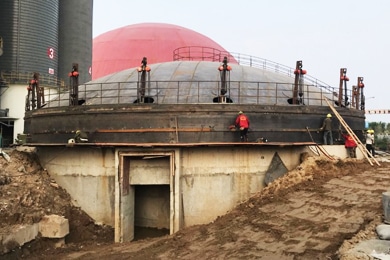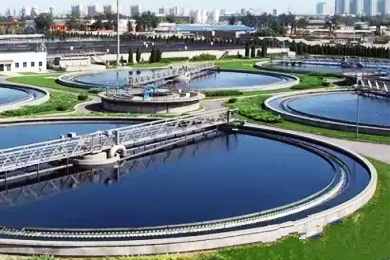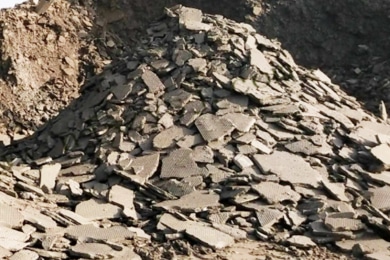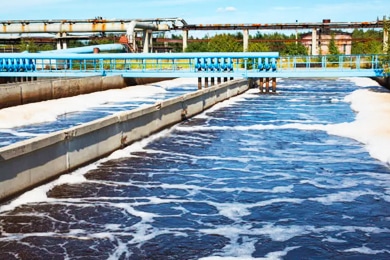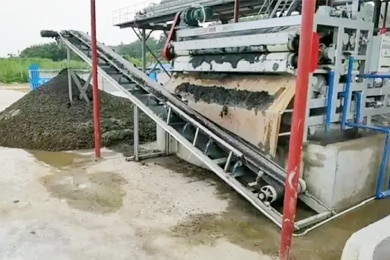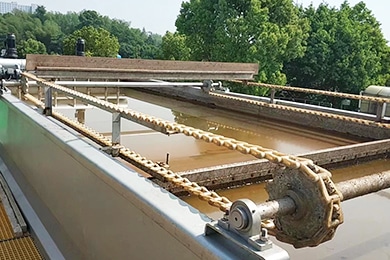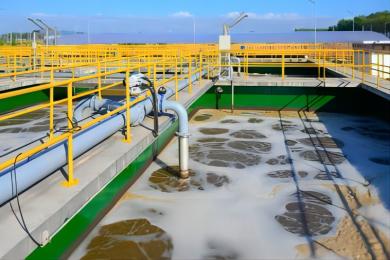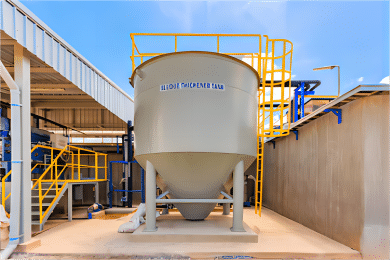Sludge Scraper
Sludge scraper is to scrape the sludge in the sedimentation tank to a centralized part (or settling tank inlet end of the sludge collection hopper) of the mechanical equipment to ensure the effective removal of sludge and to prevent sludge accumulation (exclude the mud settled in the bottom of the pool and skim the surface of the scum, also known as the clarifier), mostly used in wastewater treatment plants for the primary sedimentation tanks, when used in the gravity type sludge thickening tanks known as thickener.
Types of sludge scrapers
According to the direction of water flow
- Spoke-flow sedimentation tank scraper: applicable to spoke-flow sedimentation tank, scraper along the bottom of the tank for radial movement.
- Plain flow sedimentation tank scraper: applicable to plain flow sedimentation tank, scraper along the pool length direction.
- Vertical flow sedimentation tank scraper: applicable to vertical flow sedimentation tank, scraper along the wall for vertical movement.
In addition, according to the direction of the pool to be divided, the first two can be called rotating sludge scraper, the latter is called longitudinal sludge scraper.
According to the transmission mode
- Peripheral transmission scraper: the transmission device is located at the edge of the pool, through the drive shaft and connecting rod driven scraper arm rotation.
- Center drive scraper: the transmission device is located in the center of the pool, through the vertical shaft and scraper arm driven scraper rotation.
- Truss type sludge scraper: the mud scraper consists of truss structure, walking wheel on the track, driven by the scraper rotation.
- Traveling car type mud scraper: the mud scraper is installed on the traveling car, walking on the surface of the pool, driving the scraper to rotate.
- Chain and flight scraper: the scraper consists of chain and scraper, the scraper slides along the bottom of the pool.
Sludge scraper selection
Choosing the right mud scraper depends on several factors:
- Tank shape and size: the type of scraper should be compatible with the geometry and size of the tank.
- Sludge characteristics: The scraper design should be compatible with the density, settling characteristics and abrasiveness of the sludge.
- Required flow pattern: The scraper configuration should optimize the flow of water in the tank for effective sludge removal.
- Maintenance requirements: Consider ease of use for maintenance and spare parts.
Applications
Municipal sewage treatment
In municipal wastewater treatment plants, mud scrapers are mainly used for sludge discharge from primary and secondary sedimentation tanks. The primary sedimentation tank is used to remove larger suspended solids and sediments in the wastewater, and the secondary sedimentation tank is used to remove activated sludge and other fine particles produced in the biochemical treatment process.
Industrial wastewater treatment
In industrial wastewater treatment projects, mud scrapers are used in various types of sedimentation tanks to remove various pollutants in industrial wastewater.
Groundwater treatment
In groundwater treatment, mud scrapers can be used to remove iron and manganese ions, hydrogen sulfide and other pollutants in groundwater.
Other applications
- Drainage of sludge from swimming pool sedimentation tanks
- Sludge discharge in farm wastewater treatment
- Sludge discharge in food processing wastewater treatment
- Sludge discharge in mining wastewater treatment
Advantages
- Efficient sludge removal: Efficiently collects and transports deposited sludge for discharge, preventing sludge buildup that can impede the process and reduce treatment efficiency.
- Improve treatment performance: Ensure consistent and efficient sludge removal to achieve optimal treatment performance and meet stringent discharge standards.
- Reduce operating costs: Minimize sludge treatment costs and maintenance requirements by facilitating efficient sludge removal and reducing the frequency of manual cleaning or maintenance interventions.
- Improve water quality: Contribute to cleaner wastewater discharge by effectively removing deposited solids and preventing their re-entry into the treated water.


